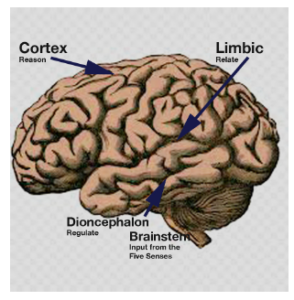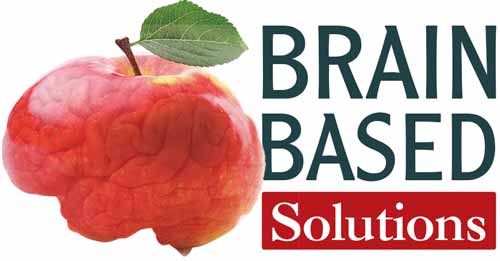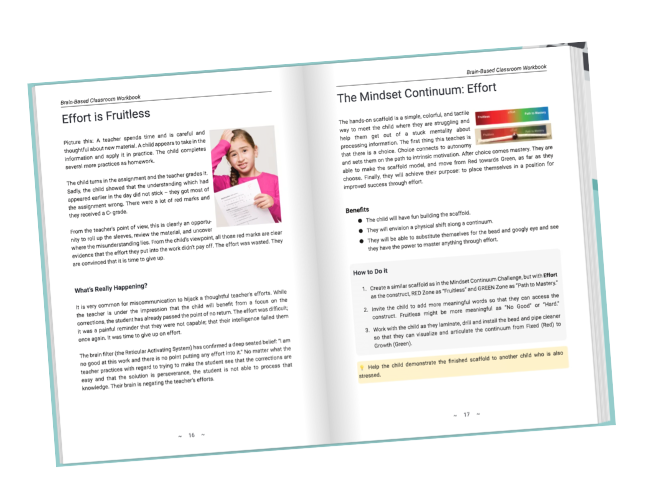When Dr. Kieran was commissioned by Routledge UK to author The Brain-Based Classroom teachers became aware of a different and meaningful paradigm for architecting brains in our school systems.
Much of what was defined as teaching was focused on content, grades, and behavior… even when school systems told a different story – using verbiage like child-centered, critical thinking, inclusive, and engaged. Yet, data doesn’t lie. Year over year (and especially in pandemic years) proficiency rates have been dropping according to the Department of Education and United States Government accounting, in areas as fundamental as Reading, Writing, Mathematics, Science, Engineering and more (NAEP, 2022).
Much of what was contained in this academic text was already in classrooms. He described activities and constructs that were in use because they worked… and because they were some of the available tools in the teacher’s toolbox. However, for the first time, teachers were able to fit the science relating to why something worked (or didn’t) and align it to their intuitive strategies. It became clear that one approach might never work… illuminated by intimate knowledge about a functional activation in the brain that drove an outcome.
At the same time, it became abundantly clear why another activity always seemed to work given the fact that the brain has amazing powers of rewiring and strengthening connections through cognitive rehearsal.
At first, it seemed like educators were entering a very strange scientific world – a place with words that described precise functional activations at a molecular level. Teachers do not think about descriptors in Greek or Latin when preparing a lesson in the traditional model. Words like anterior, posterior, superior, ulterior, dorsolateral, ventromedial, cingulate, amygdala, hippocampus, occipital, parietal, chiasmatic sulcus, and lots more, didn’t seem to fit in little Jimmy’s classroom.
Soon related terminologies like ‘cognitive rehearsal’, ‘amygdala hijack’, and ‘long term potentiation’ were not so foreign anymore because practitioners who saw and anticipated positive outcomes in the classroom began using them. And very soon there came about a certain fluidity, a certain ease of use, and a certain depth of understanding with regards these vocabularies and their associative constructs.
When teachers changed their vocabulary in relation to what was going on in their learning world two things happened immediately that persisted for a long time. First, they experienced a shift in mindset that aligned succinctly with how children learn; and second, they found that these novel constructs worked for themselves, for their own children, and in their homes and workplaces – and more consequently, they worked especially in the classrooms where they taught.
- The Brain-Based Classroom Workbook was designed with educators in mind. Vocabulary, constructs and paradigms were carefully explained in a format that teachers asked for.
- The second feature that teachers asked for was a Spiral Binding (coil) so that the book could withstand constant engagement and would easily open flat.
- Parents were included also; they indicated that color illustrations were preferable so that the work was accessible and captivating.
From Dr. Kieran’s perspective, he wanted to create a rich Glossary and comprehensive Index for vocabulary and constructs that are in neural concept schools everywhere. But there is more. In addition, he insisted that a sensory cognitive experience should be created with the Flipping version of the E-Book. It turned out to be a big hit with teachers. As of today the Audio Book is still in production and would be available soon. Finally, a Spanish translation has been set in motion and the dual-language approach meets standards for equity and inclusivity, so that all teachers and students are better served.
The Workbook aligns carefully with Miller’s Law and Hebb’s Rule. Miller amplifies the importance of avoiding cognitive overload and making information accessible and meaningful. Hebb who was a practicing educator as well as a neuroscientist was the first to state that for every behavior there is a clear neural substrate that explains it. His research gave us
*Neurons that Fire together Wire together
Thus, the Two-Page Spread is an ideal format for low cognitive load, increased working memory., higher processing capacity and deep understanding.
*Highlight Problems (left page) and find Solutions (right Page).
In addition, teachers who are already practicing with a neural lens are fully aware that educators are intentionally mindful of the reactive, often self-deprecating nature of the learning brain that has already been programmed through the Reticular Activating System into believing that ‘I am not good enough…’ or ‘I hate school…’ so that a teacher’s task is made virtually impossible in circumstances that should be less difficult. That was a long sentence by design. Frustrating!
The Workbook steps into the classroom, explains what could be going on in the child’s brain, which appears to hamper engagement and arrest learning. A page opposite offers several easy to implement activities and strategies that ‘does not change the child’ but instead shows how to ‘change the learning environment’.

From the brain’s point of view learning happens… and the workbook is thus designed… through three functional ideations that follow scientific principles of inclusivity, intrinsic motivation and mental appetite.
Regulate; Relate; Reason.
We hope that the new addition to the Brain-Based Classroom will live up to your high expectations. Please stay in touch and let other teachers know that there is a solution – brain-based and accessible.

